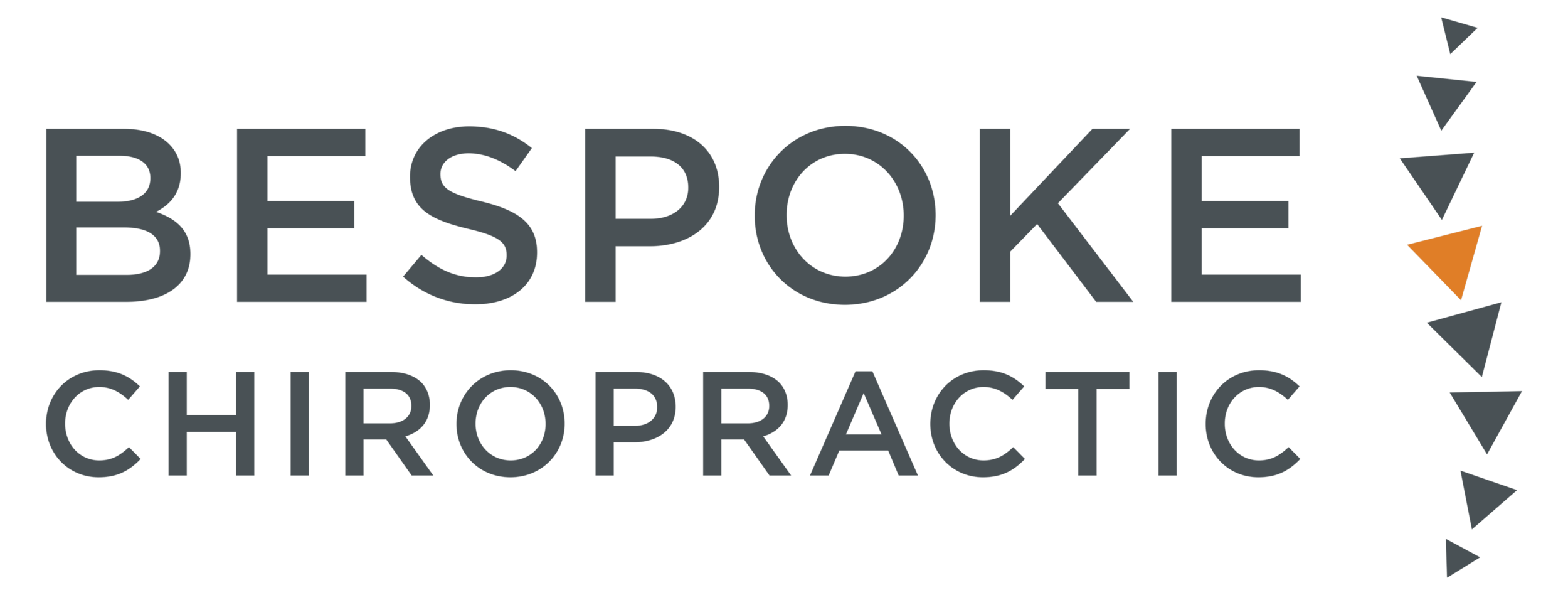RESEARCH
Evidence and research supporting chiropractic treatment
“There is more evidence-based research to support chiropractic treatment than any other complementary disciplines”
(British Chiropractic Association 2006).
Please find listed below a selection of research papers and published documents which demonstrate this strong evidence base:
Koes B W , van Tulder MW, Thomas S (2006)
'Diagnosis and Treatment of Low Back Pain'.
British Medical Journal (BMJ), 332:1439-1434 (June). A review article of over 1000 ramdomized controlled trials of all treatments for low back pain. Recommends spinal manipulation for both acute and chronic low back pain.
http://bmj.bmjjournals.com/cgi/content/extract/332/7555/1430
Department of Health (DOH)
'The Musculoskeletal Framework; A joint responsibility; doing it differently'. Clearly acknowledges chiropractors as being one of the professions that has clear expertise in the delivery of musculoskeletal services. and lays out plans for specialist clinics where chiropractic is available.
Department of Health - Musculoskeletal Framework Policy
National Institute of Clinical Excellence (NICE)
"Non-rigid stabilisation procedures for the treatment of low back pain". These guidelines include a statement that chiropractic intervention and posture training can limit episodes of acute pain. June 2006
IPG183guidance.pdf
UK Beam Trial
Back pain, exercise and manipulation (UK BEAM) randomised trial: effectiveness of physical treatments for back pain in primary care. British Medical Journal Nov 2004; 329; 1377 (doi: 10.1136 /bmj. 38282. 669225.AE)
Medical Research Council
'Randomised comparison of chiropractic and hospital outpatient management for low back pain': At three years the results confirm the findings of an earlier report that when chiropractic or hospital therapists treat patients with low back pain as they would in day to day practice those treated by chiropractic derive more benefit and long term satisfaction than those treated by hospitals. British Medical Journal. Aug 1995; 311: 349 - 351
NHS-National Institute of Clinical Evidence (NICE)
Encourages manipulation therapy to help restore function. December 2001. 'Referal Advice- A guide to appropriate referral from general to specialist services'
Royal College of General Practitioners (RCGP)
Clinical Guidelines for the Management of Acute Low Back Pain 1996, 1999, 2001. Clinical Standards Advisory Group Backpain Report 1994. Carter JT, Birrell LN (Editors) 2000. Occupational health guidelines for the management of low back pain at work - principal recommendations.
Faculty of Occupational Medicine. London Spine. Occupational health guidelines for the management of low back pain at work - leaflet for practitioners. Faculty of Occupational Medicine. London. 2000. Waddell G, Burton AK 2000. Occupational health guidelines for the management of low back pain at work - evidence review.
Faculty of Occupational Medicine. London.
Chiropractic Treatment in Workers with Musculoskeletal Complaints Mark P Blokland DC et al; Journal of the Neuromusculoskeletal System vol 8 No 1, Spring 2000
House of Lords Select Committee on Science and Technology report on Complementary and Alternative Medicine November 2000
Evidence and research supporting LLLT treatment
Effects of Low-Level Laser Therapy and Eccentric Exercises in the Treatment of Recreational Athletes With Chronic Achilles Tendinopathy
Conclusion: Low-level laser therapy, with the parameters used in this study, accelerates clinical recovery from chronic Achilles tendinopathy when added to an EE regimen. For the LLLT group, the results at 4 weeks were similar to the placebo LLLT group results after 12 weeks. Am J Sports Med 2008 Feb 13
Frozen shoulder: the effectiveness of conservative and surgical interventions –systematic review. Conclusion: Strong evidence for the effectiveness of laser therapy in short-term treatment of frozen shoulder. Br J Sports Med. 2010 Jul 20.
Efficacy of low-level laser therapy in the management of neck pain: a systematic review and meta-analysis of randomised placebo or active-treatment controlled trials.
Conclusion: LLLT reduces pain immediately after treatment in acute neck pain and up to 22 weeks after completion of treatment in patients with chronic neck pain. Lancet. 2010 Mar 13;375(9718):894.
The Clinical Efficacy of Low-Power Laser Therapy on Pain and Function in Cervical Osteoarthritis
Conclusion: Pain, paravertebral muscle spasm, lordosis angle, the range of neck motion and function were observed to improve significantly in the LPL group, but no improvement was found in the placebo group. LPL seems to be successful in relieving pain and improving function in osteoarthritic diseases. Clin Rheumatol. 2001;20(3):181-4

